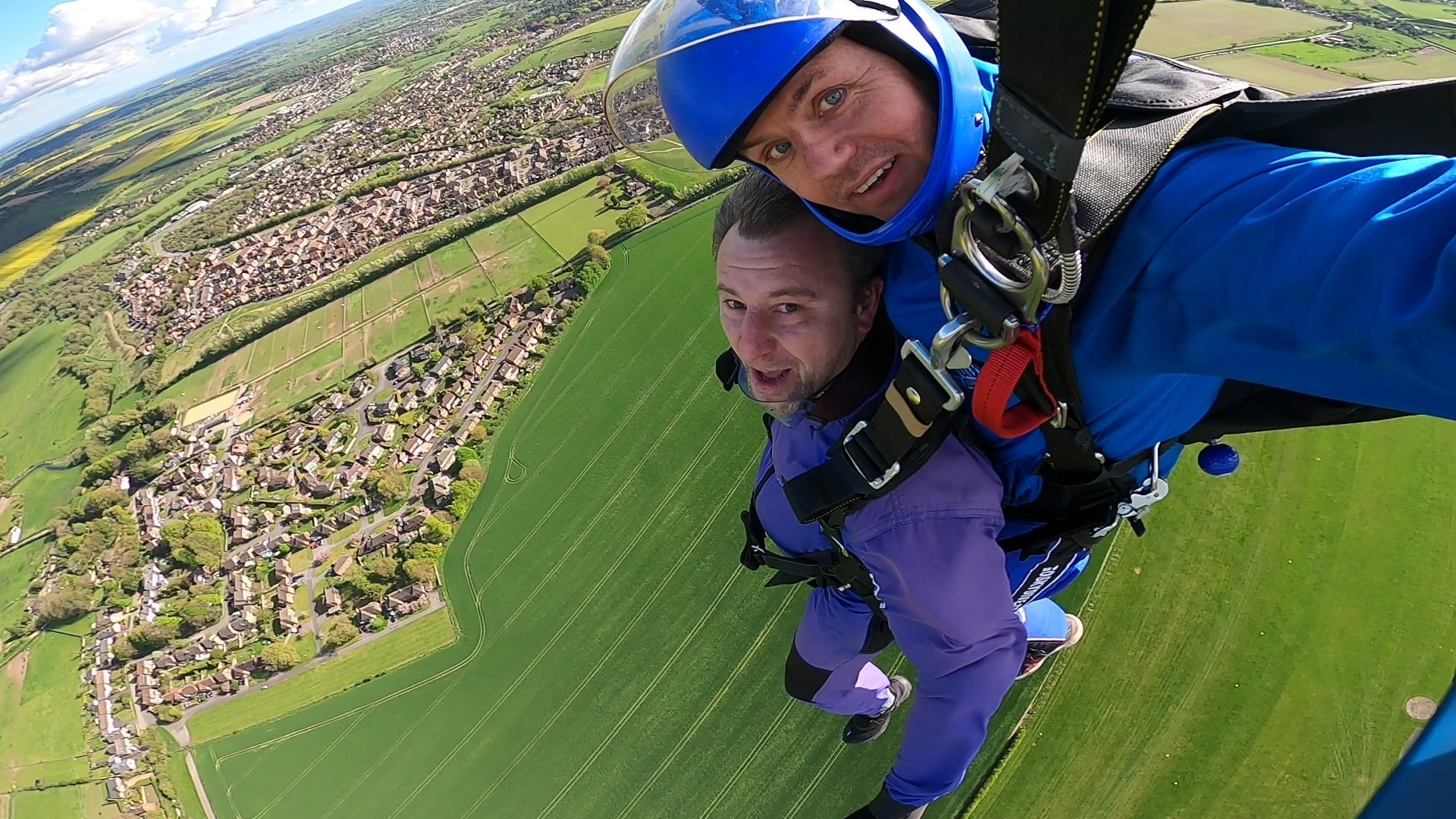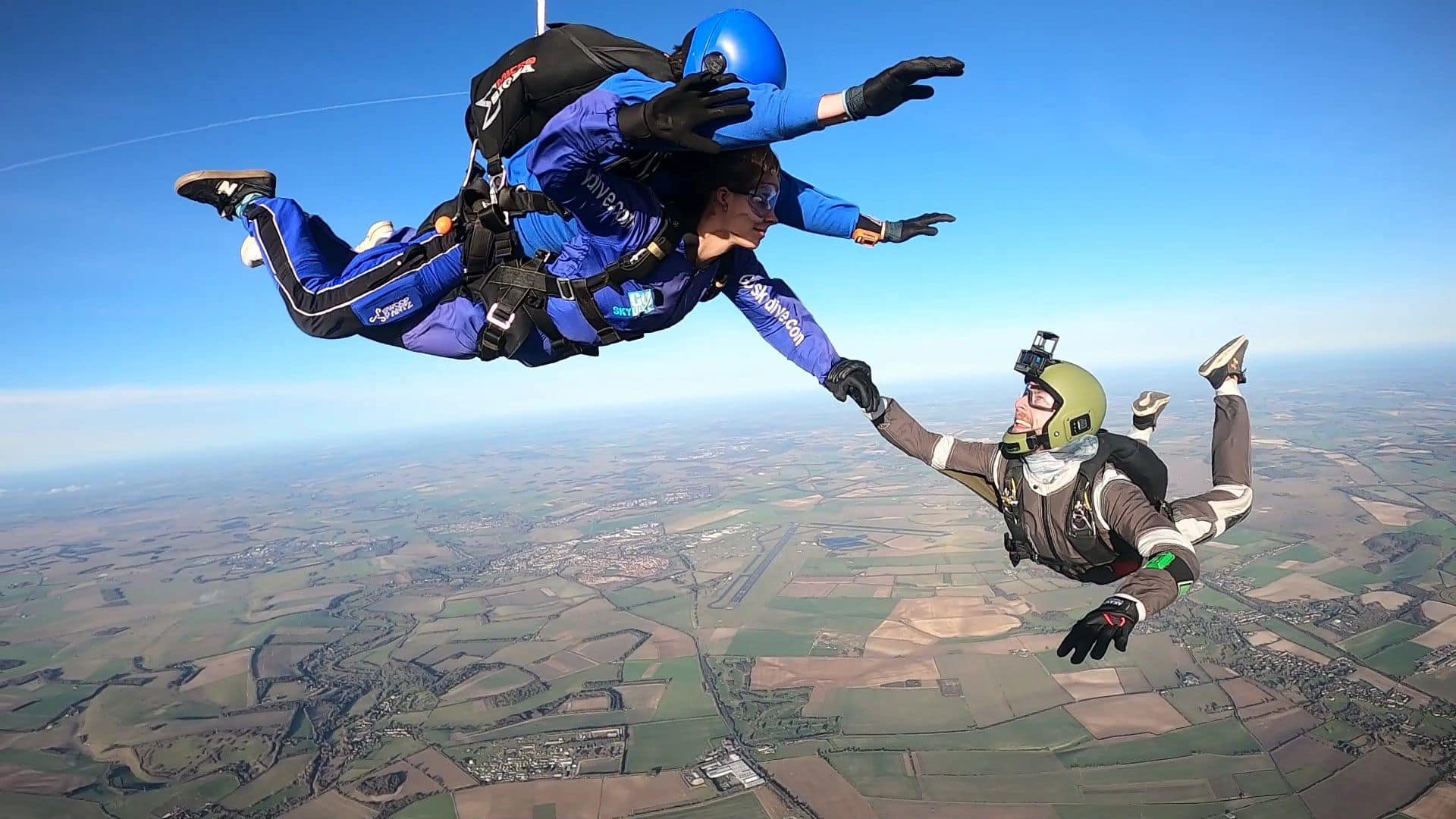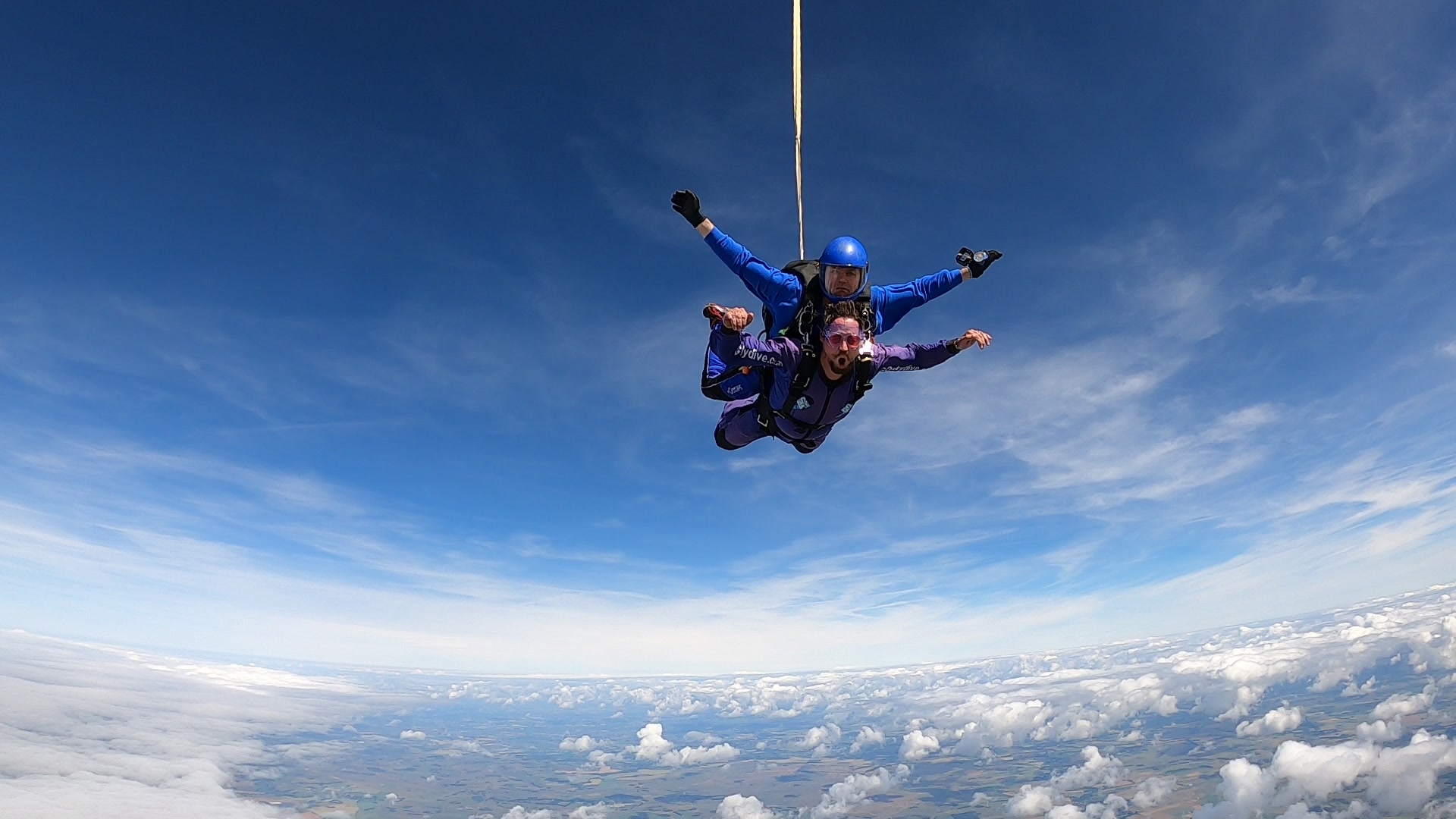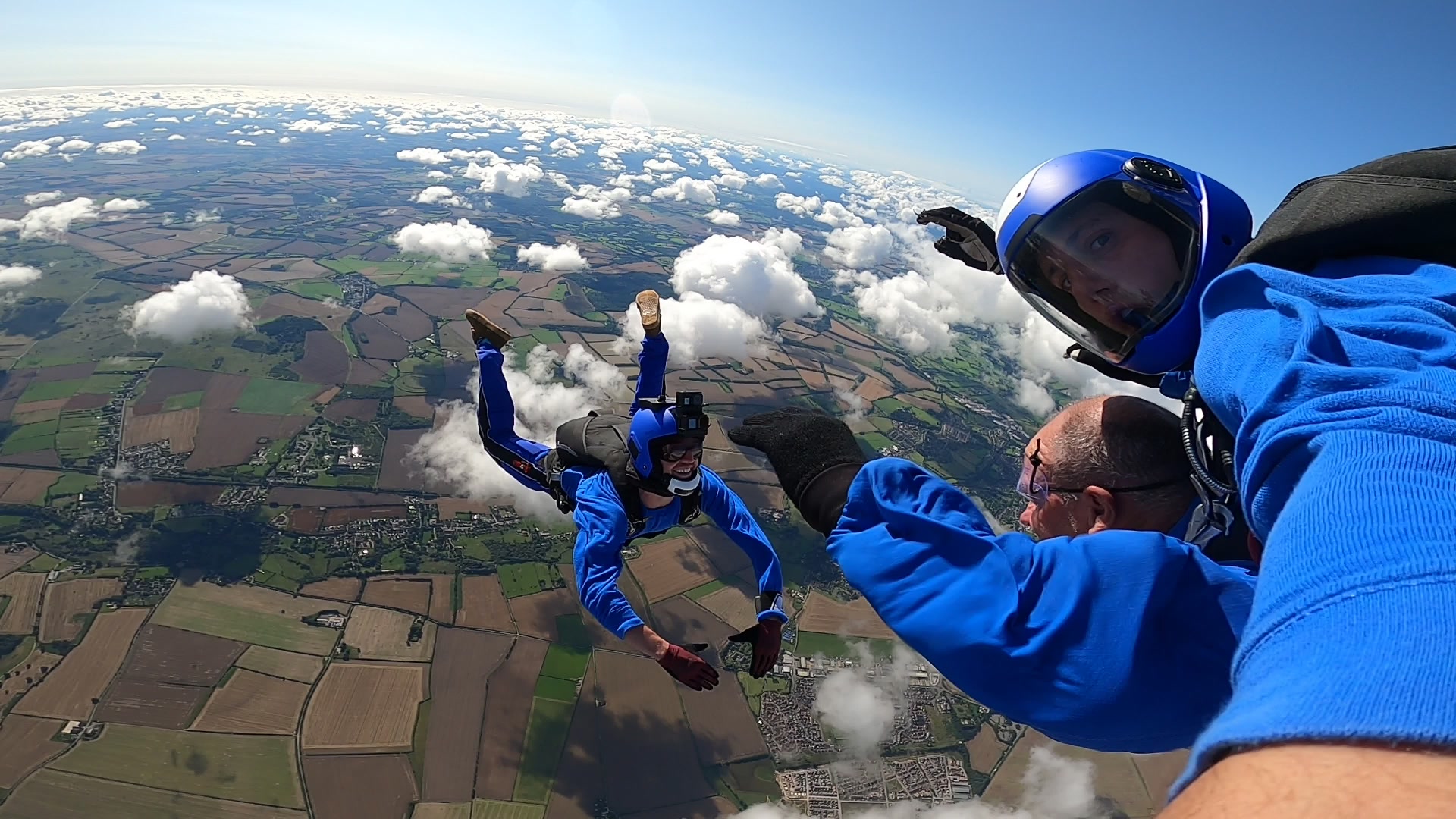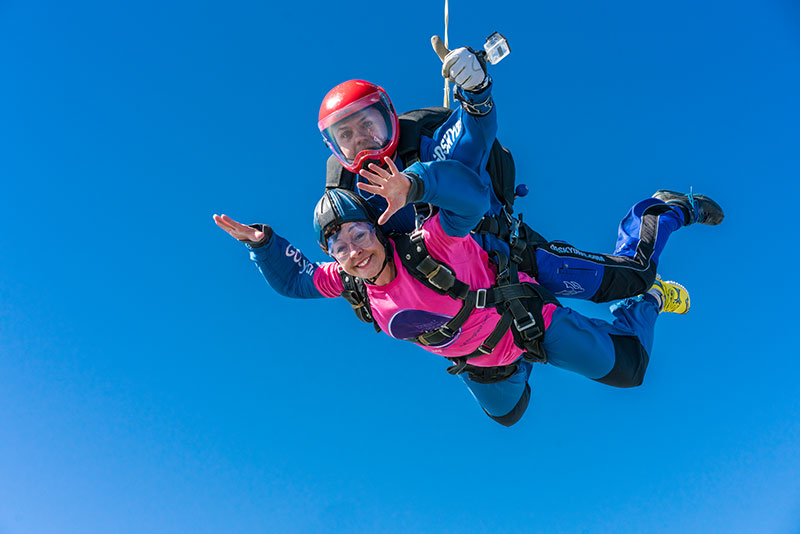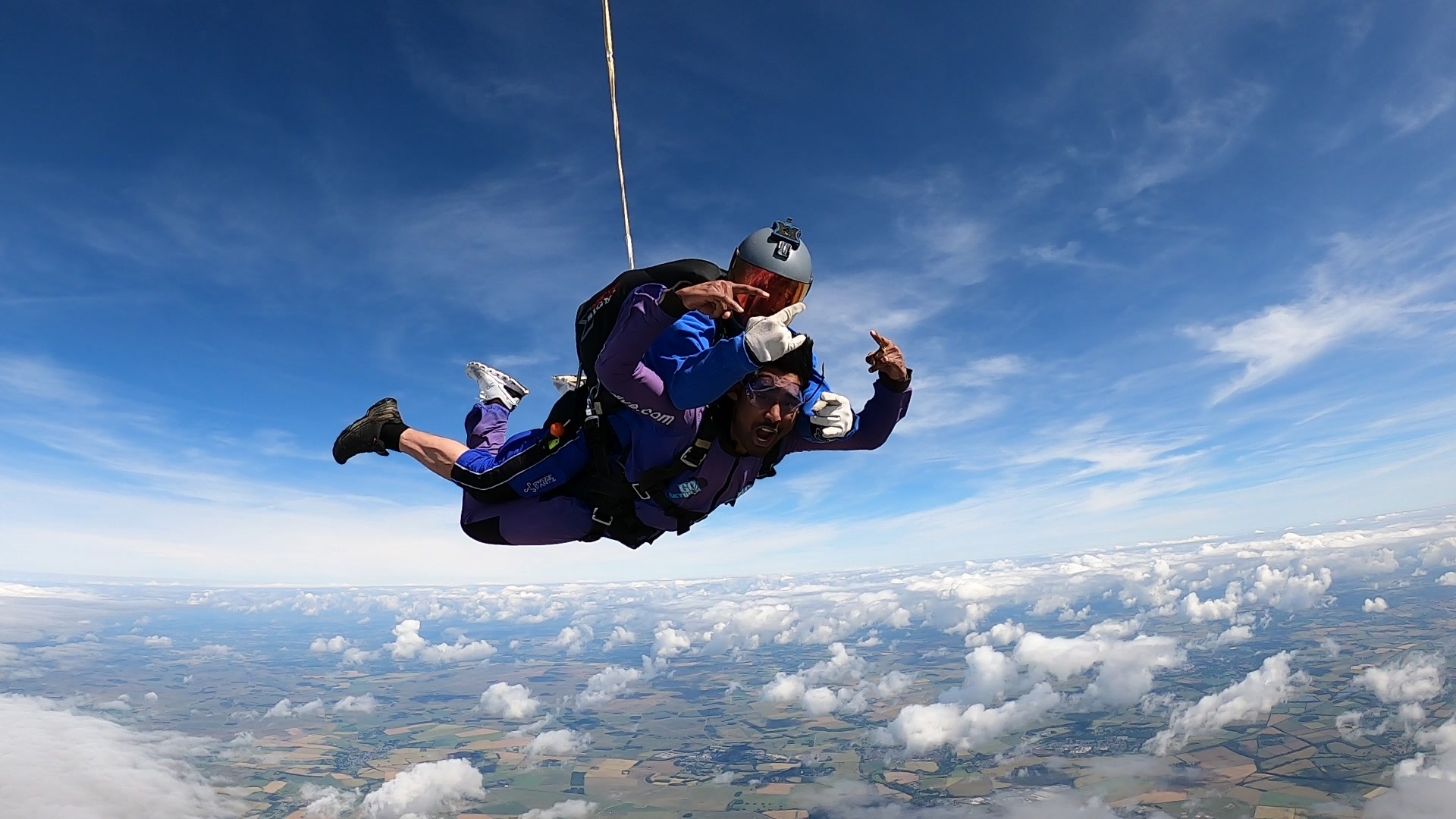What is terminal velocity
When it comes to the exhilarating world of skydiving, understanding the concept of terminal velocity is crucial. Terminal velocity is the maximum constant velocity that a falling object can achieve when the drag forces acting against it are equal to the gravitational force pulling it downward. This phenomenon occurs when the net force acting on the object becomes zero, resulting in a balanced state between the opposing forces.
As an object initially falls, its speed increases, and so does the force of air resistance. Eventually, a point is reached where the increasing drag force counteracts the gravitational force, causing the net force to become zero. At this point, the object achieves a constant velocity known as terminal velocity. It’s important to note that terminal velocity is different for various objects due to differences in size, shape, and mass.
In skydiving it is the maximum speed that a skydiver can reach whilst jumping during the freefall part of the skydive itself. This speed is determined by a balance between the air resistance and the force of gravity acting on the skydiver as they fall. As the skydiver falls, the air resistance increases and eventually balances the gravitational force, this balance results in a constant speed or terminal velocity.
For a skydiver falling in a stable position and orientation, the terminal velocity is normally around 120-140 mph. Understanding terminal velocity is important for skydivers, as it determines the maximum speed they will reach and helps them plan their jumps and landings safely.

Skydiving Speed
The speed of skydiving varies greatly depending on several factors, these include the skydiver’s body position, the jump altitude, and the drag of their equipment.
At lower altitudes, skydivers tend to fall faster due to the reduced air resistance. As they approach terminal velocity, the air resistance increases and eventually balances the gravitational force, leading to a constant speed. Skydivers use their body position to control their speed, when in the standard spread eagle position they will fall slower than in a head down position, this is because of the increased air resistance produced by the body shape.
The speed of the skydivers descent will also depend on the skydiver’s equipment, such as their jumpsuit and parachute. Different jumpsuits and parachutes have different drag coefficients, all of which affect the terminal velocity.
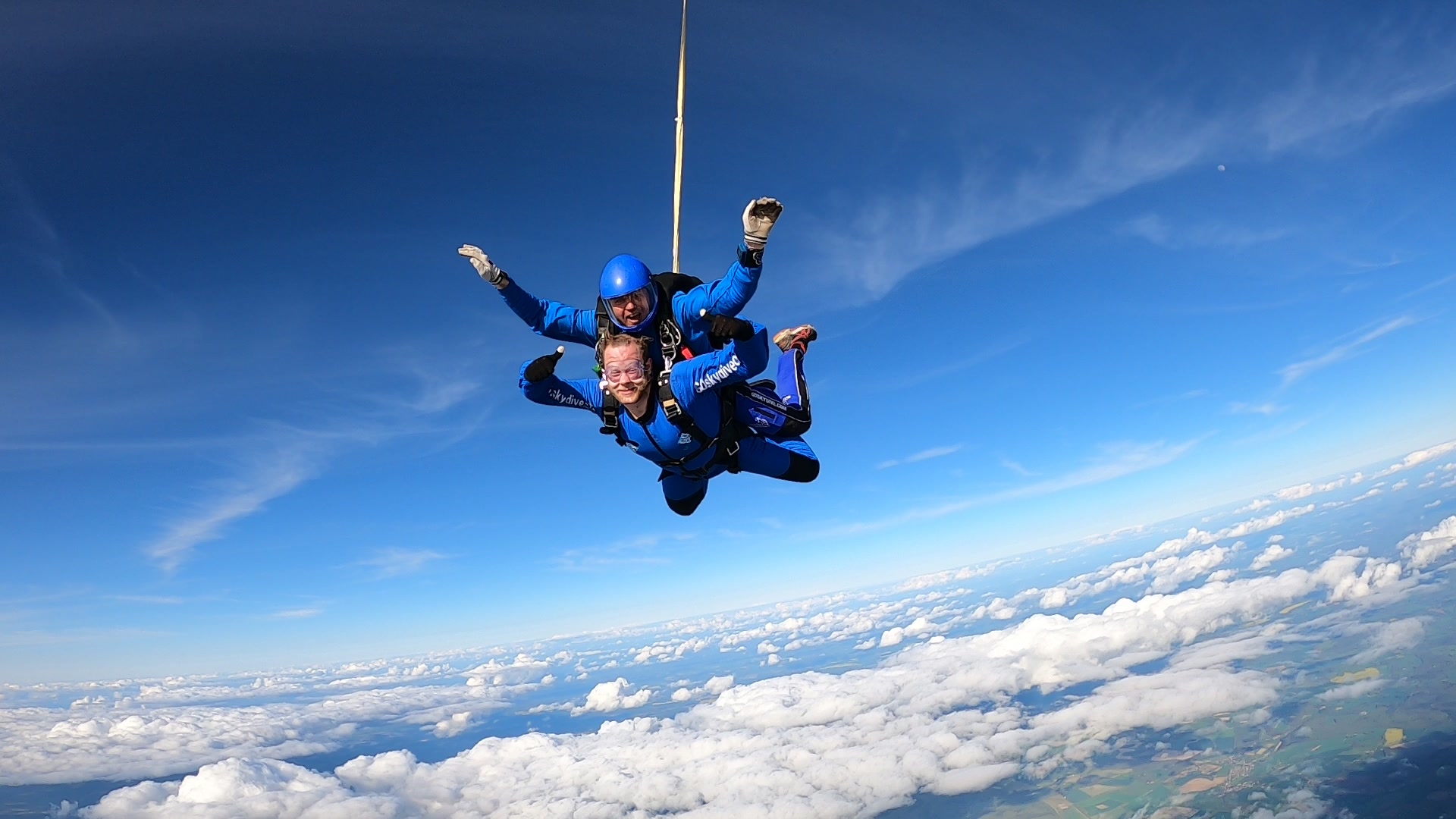
Calculating terminal velocity
Terminal velocity can be calculated using a complex formula that takes into account the mass of the skydiver and the area, or the proportion of their body that is acted upon by air resistance as they fall.
This formula comprises of :
- Vt = Terminal velocity
- m = Mass of the skydiver
- g = Acceleration due to gravity (9.8 m/s^2 at sea level)
- p = Density of air
- A = Area of the object, normally determined by the skydiver’s body position
- Cd = Drag coefficient (this depends on the shape of the object and the roughness of its surface)
The larger the skydiver’s mass, the cross-sectional area, and the drag coefficient, the slower the terminal velocity will be. Conversely, if the skydiver’s mass is smaller, their cross-sectional area is smaller, or their drag coefficient is lower, their terminal velocity will be higher.
They have developed a terminal velocity calculator that takes into account crucial parameters such as projected area, drag coefficient, gravitational force, air densities, and more.
By inputting the relevant data, such as the area of the object, its shape, the density of the fluid (air), and the acceleration due to gravity, the calculator predicts the point at which the skydiver will reach terminal velocity during freefall. This information is vital for skydivers and instructors to plan and execute safe jumps.
